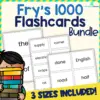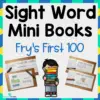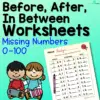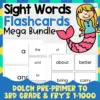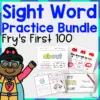Developing your kids’ fine motor skills is extremely important as it helps them perform various everyday tasks such as self-feeding, grasping objects, writing, and many more. Luckily, there are tons of ways you can help hone these skills. Read on for some excellent and fun hand activities to help your preschoolers build strength.
Great Hand Activities for Preschoolers
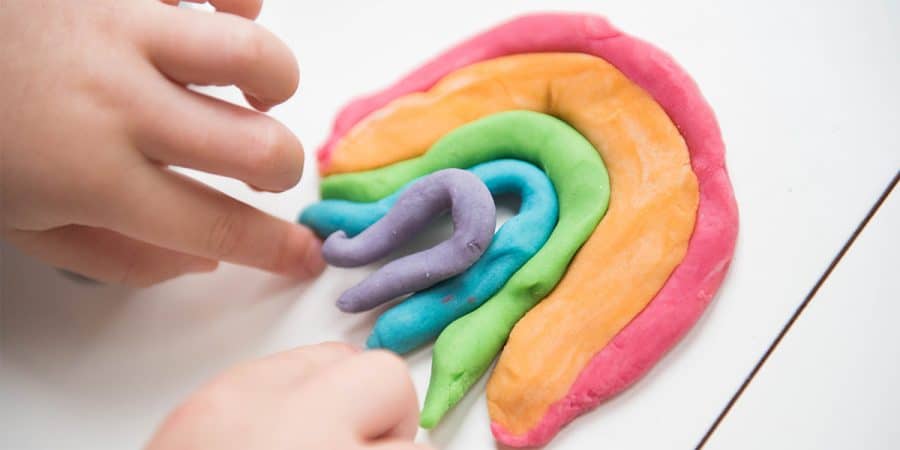
Playdough is one of the best and most popular fine motor materials for young children. It is definitely a top choice for many parents and teachers, as playdough activities encourage sensory play in a less messy way. Plus, children adore them, too!
You can use playdough in a lot of ways since it is very versatile. For instance, you may shape them as vegetables and let the children cut them with a plastic knife. They can also make their own masterpiece using playdough. It builds a lot of hand strength as they perform lots of hand movements such as smashing, squeezing, twisting, poking, pushing, and pulling.
The possibilities are endless! You can even have the kids make their own if you want to. That will involve a lot of mixing and kneading, perfect for strengthening their hand muscles. Awesome, right?
Materials Needed:
- Playdough
- Plastic Knife
- Plastic Scissors
- Plastic Molds
For more details about this activity, go check out discoverybuildingsetsblog.com.
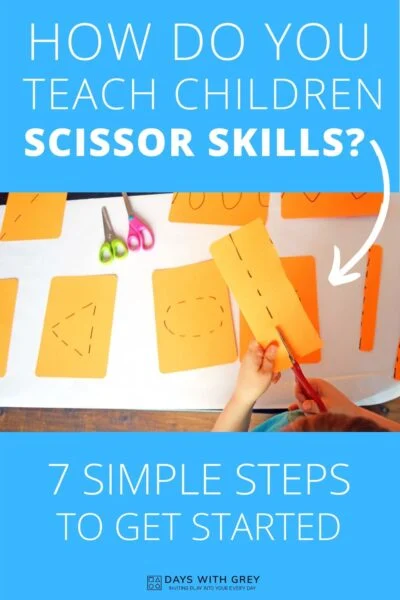
Another fantastic way to build the hand strength of your little ones is through cutting activities. Learning to cut with scissors is essential for young children as it helps develop not only their hand strength but also their bilateral and hand-eye coordination. On top of that, it also improves their focus and attention to tasks.
It is a simple activity that you can do every day with your preschoolers. Have fun watching them as they get better with practice! You can print out or draw shapes and patterns that they can cut out, or let their imagination run wild as they create patterns on their own. The best part is that every classroom and household has the supplies available all the time — your good old pair of scissors and a piece of paper.
Materials Needed:
- Scissors
- Paper (preferably colored)
Looking for cutting activity ideas? Visit dayswithgrey.com and learn more!
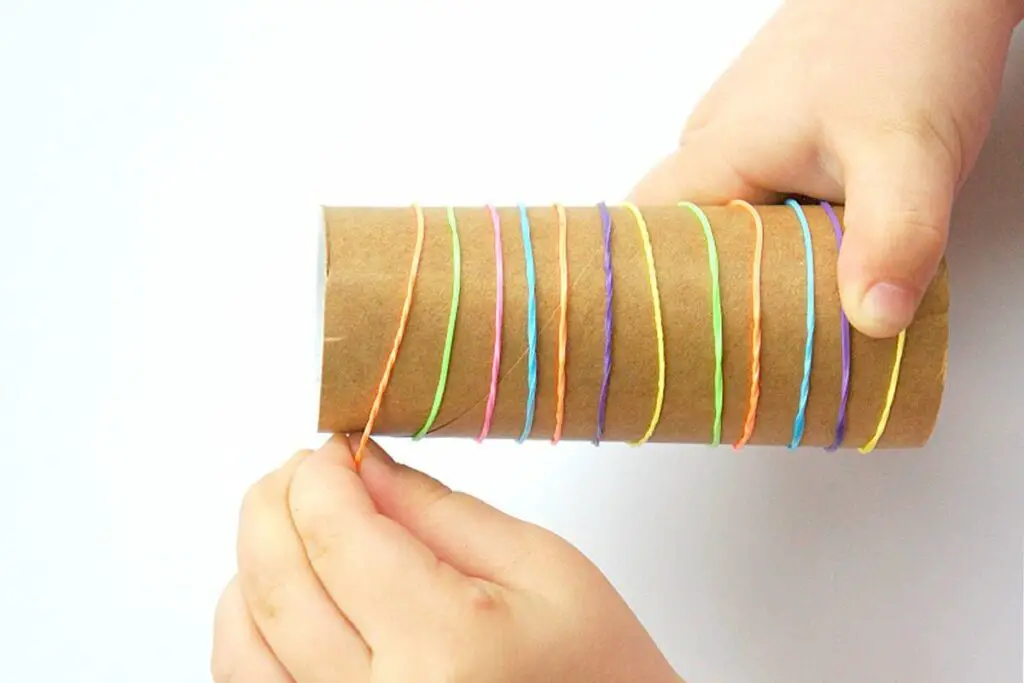
Rubber bands are very flexible and can be used in a ton of fun activities! They are also an excellent material to hone your preschoolers’ fine motor skills, along with their hand strength and hand-eye coordination.
You can start with something simple like wrapping rubber bands around various objects. This alone already involves lots of hand movements such as pinching, gripping, pushing, and pulling. You can even take it further and use rubber bands to create wonderful crafts such as the classic pencil launcher or a cute mini guitar.
Just remember to keep an eye on them and guide them throughout the activities, as rubber bands can hurt them if not handled well.
Materials Needed:
- Rubber Bands
- Cardboard Boxes
- Tissue Paper Roll
- Others (Be resourceful!)
Looking for more rubber band activity inspiration? Get the coolest ideas for your next activity at alfaandfriends.com.
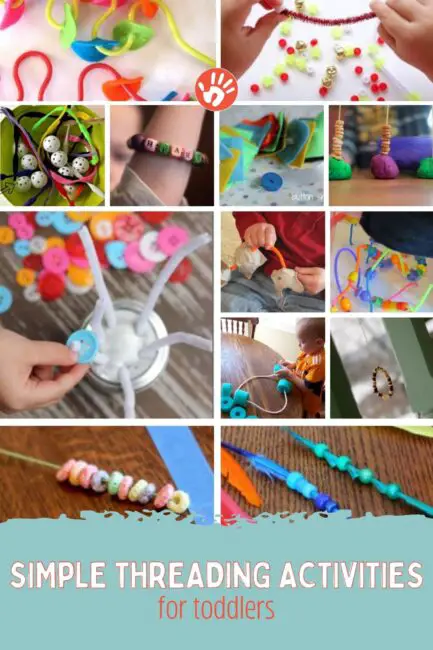
Here is another perfect activity that will definitely help develop your little one’s fine motor skills. Threading refers to activities that involve putting together small objects (such as beads) on a single thread that runs through the center of each one.
It is a simple and straightforward task that can be done both at home and in the classroom. Kids will hone their hand-eye coordination and concentration skills, too! Threading activities aren’t limited to beads. In fact, it could be anything from pool noodles, buttons, straws, or even fruit loop cereals! As long as they can put them together in a thread, then you’re good to go.
This activity requires very minimal guidance and the children can work on it on their own. Sounds fun, doesn’t it?
Materials Needed:
- Thread or Yarn
- Small Beads
- Other Small Objects
Discover more about threading activities and a whole lot more at handsonaswegrow.com.
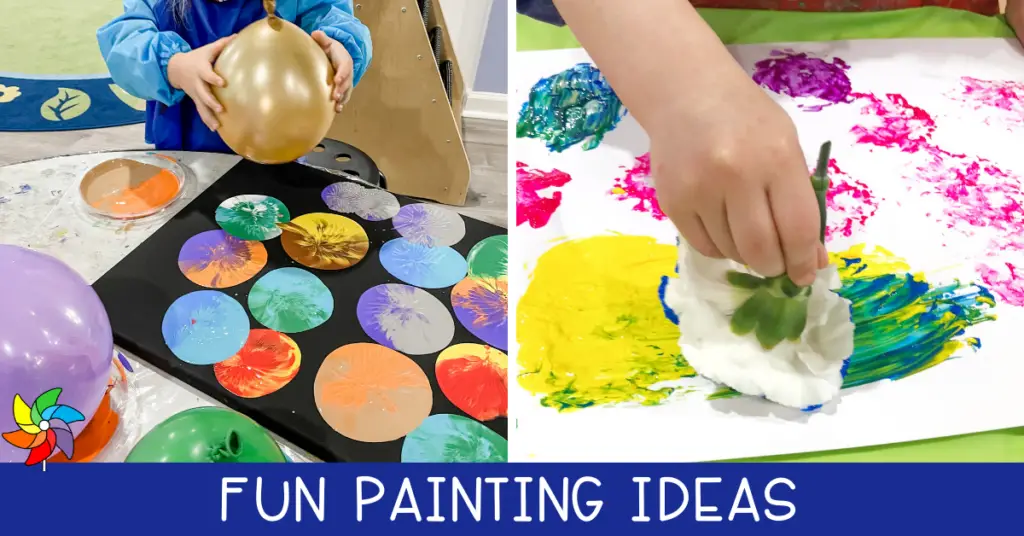
Painting is one of the most common ways for young kids to express their creativity. It is still one of the top preschool activities out there for a reason — it develops multiple skills for the young ones. Painting hones your young artist’s creativity, visual perception, spatial attention, and hand-eye coordination, along with their gross and fine motor skills.
You can let the kids use traditional materials such as paintbrushes, paper, and paint. However, you also have the option to let them explore non-conventional materials for painting.
Painting might be a simple task but it can never get boring, as long as you think of new and innovative ways of doing so. Maybe using things like a balloon, flower, or toothbrush for painting can make it more exciting for your little artists.
Materials Needed:
- Paint
- Paintbrush
- Paper or Cardstock
- Non-Traditional Painting Materials
Eager to know more? Go and check out playtolearnpreschool.us and explore tons of painting activity ideas!
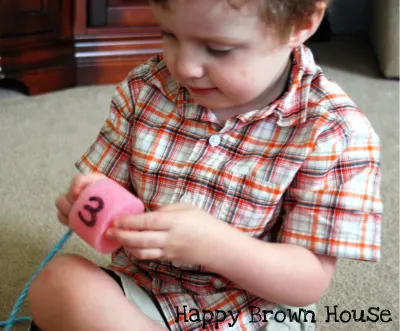
Lacing activities are another excellent way to help your preschoolers develop their fine motor skills, bilateral coordination, and visual perceptual skills. It also helps in strengthening their dexterity and pincer grasp. Since lacing activities can be quite challenging for the little ones, it will also help build their patience and perseverance.
There are a ton of lacing activities you can try at home or in the classroom, depending on the resources you have available. For instance, you can let the kids try pool noodle lacing, ribbon weaving, and many more! Your options are basically limitless. Just find the ones you think would be age-appropriate for your little one. Be sure to guide them as they work, as well.
Materials Needed:
- Ribbons
- Pool Noodles (as giant beads)
- Beads
- Yarn / String / Shoelace
- Other Resources Available
For awesome lacing activity ideas, go and check out happybrownhouse.com and learn more.
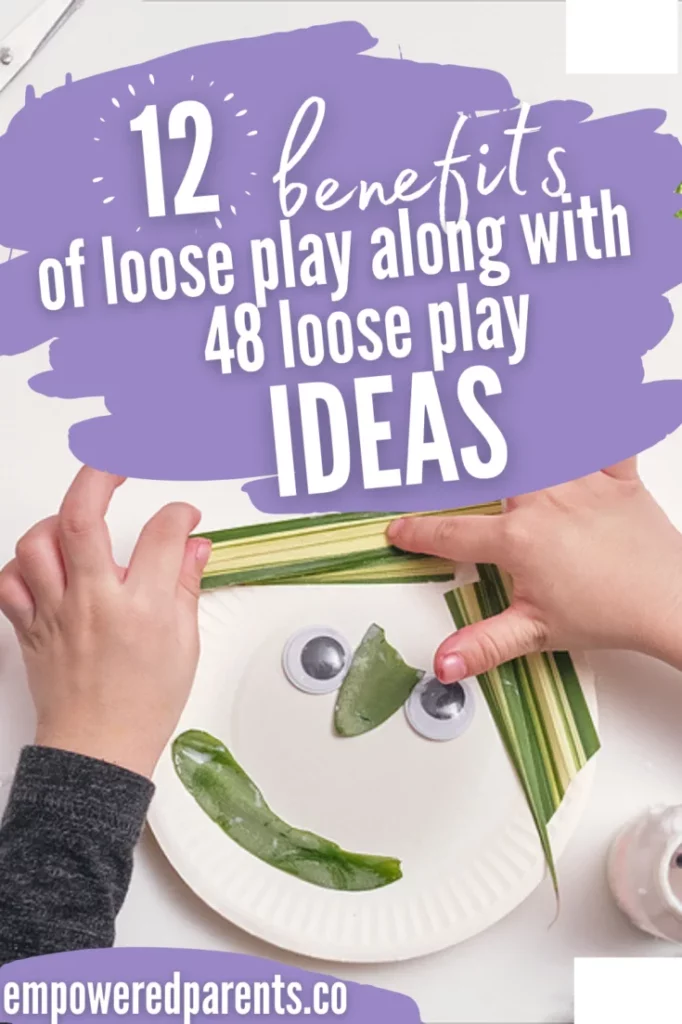
Loose-parts play is one of the best fun methods to develop young children’s creative and critical thinking skills. Through using collections of objects as open-ended learning materials, it boosts the natural curiosity of the little ones. This encourages them to use their imagination and freely experiment with new ideas.
Sky’s the limit with loose parts play. You can use anything around you, be it some recycled materials, household items, toys, and anything more you can think of!
You can use these materials to facilitate sorting, categorizing, sequencing, counting, stacking, matching, designing, and building activities. The kids won’t be bored, as your materials would not be repetitive at all. Below are a few suggestions on objects you can use.
Materials Needed:
- Acorns
- Balls
- Beads
- Blocks
- Bottle Caps
- Buttons
- Cotton Balls
- Flowers
- Pastas
- Pebbles
- Pegs
- Rice
- Shells
- Sticks
- Seeds
Craving for more loose parts play ideas? You can learn a whole lot more at empoweredparents.co.
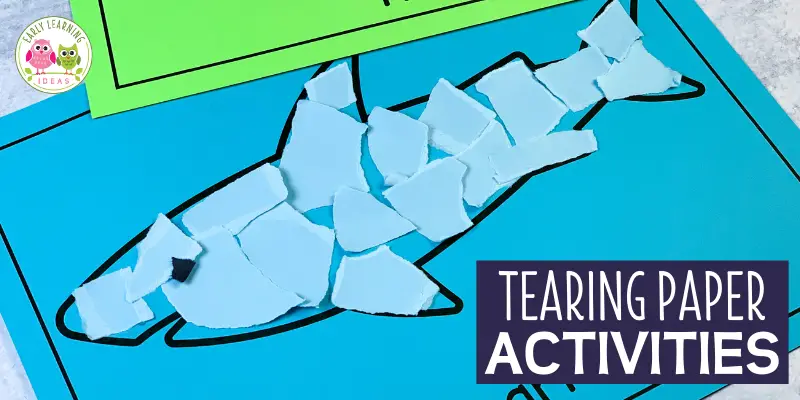
Here is yet another simple yet fun activity to help your preschoolers build their hand strength and develop their fine motor skills. The awesome thing about this is you only need paper and glue, which are probably already available at home and in the classroom.
Just like how it sounds, tearing paper activities involve tearing the paper and creating something out of those torn pieces, for instance, arts and crafts. You can print out various figures which they can fill in by pasting torn paper pieces inside of them. It is basically a paper mosaic but using paper that the children have torn themselves.
Materials Needed:
- Paper (preferably colored ones)
- Glue
- Cardboard / Cardstock
You can learn more about tearing paper activities and more if you visit earlylearningideas.com.

Gardening activities are an excellent way to enhance your preschoolers’ fine motor development. Moreover, it helps develop their interest in the natural world and our planet. It also helps young kids to learn how to cooperate, communicate, and work collaboratively, as they work together in planting and garden care. Pretty awesome, right?
You can start introducing gardening through simple activities such as reading books about plants, making leaf rubbings, creating nature collages, or even singing songs about plants!
Afterwards, you can proceed with some hands-on planting activities. You can have them plant a seed and water them every day. They’ll definitely have fun as they watch it grow from seed, to sprout, to a beautiful plant. Just make sure the activities are age-appropriate and guide them along the way.
Materials Needed:
- Paper
- Crayons
- Dried Leaves
- Seeds
- Garden Shovel
- Watering Can
- Others
Got curious about gardening activities for the little ones? Go check out mybrightwheel.com for more ideas!
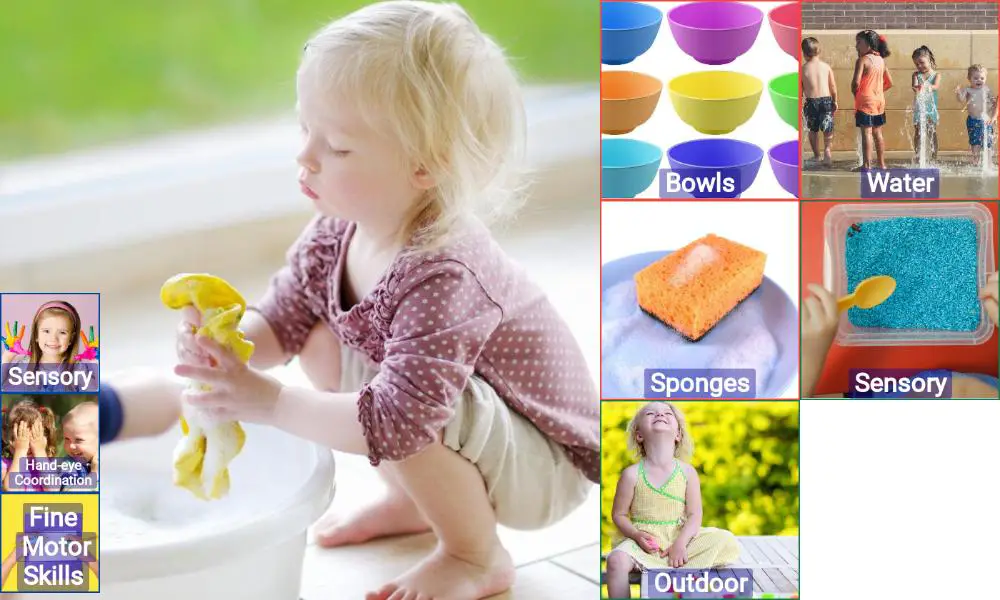
Here is another awesome activity that will definitely help develop your children’s hand strength and hand-eye coordination. It’s a perfect summer activity as it is a fun way to cool off on those warmer days. The materials are very easy to find so you can get started right away!
The activity involves the kids transferring water from one bowl to another using a sponge. Let kids soak the sponge in a bowl full of water, and squeeze the water out into another bowl.
Not only is it entertaining and fun for the young ones, but it also develops a lot of important preschool skills. Make sure you’ve properly explained and demonstrated the steps to the kids. Then let them work on it on their own with your supervision. It’ll surely be a fun-filled sensory play day!
Materials Needed:
- Sponges
- Water
- Bowls
Learn more about this fun-tastic activity at kidsplayhub.com.
Conclusion
Building hand strength and developing fine motor skills is extremely important, especially in your children’s younger years. Hopefully, our list has helped you come up with awesome ideas on how to make hand activities more engaging and enjoyable for your active preschoolers. Good luck and have fun!


